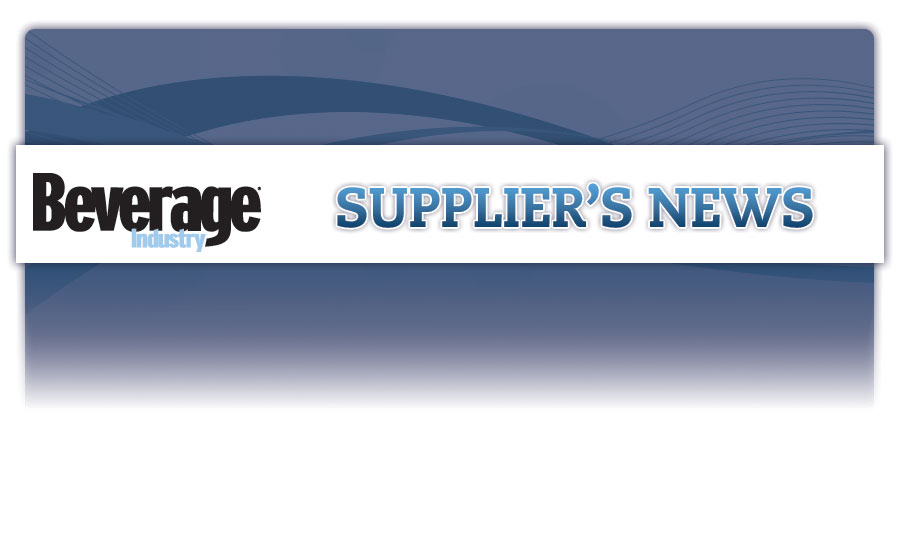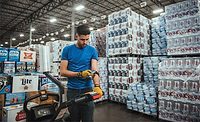Direct-store-delivery (DSD) solutions have been growing in the beverage industry during the past several years. As technology continues to advance, so do the options available for beverage companies and distributors.
Mike McMahon, vice president of enterprise sales at Panasonic System Communications Co., Newark, N.J., shares with Beverage Industry his insights about today’s DSD solutions in the beverage industry.
BI: How are beverage distributors using DSD solutions? For example, GPS, inventory management, printing capabilities, etc.
MM: The three most popular use cases we see in the market are inventory management, capturing electronic proof of delivery and route planning. Business tablets are ideal for this use case because of their light weight and portability, wireless connectivity and integrated components such as GPS, camera, stylus and barcode scanner.
BI: How can the software and hardware benefit the supply chain?
MM: By packing the power of a desktop computer, GPS and a handheld into a single, portable device, these solutions enable distributors to bypass distribution centers and warehouses. Reducing the number of steps to market reduces operating costs [and] increasing efficiency. Other integrated features of DSD solutions address efficiency in other areas, boosting productivity.
BI: What trends in the beverage industry are fueling the growth of DSD solutions?
MM: The beverage industry is ideally suited for DSD solutions, given the structure of the industry. Beverage distributors must be fully mobile in order to operate efficiently and service their customers in a variety of locations. The beverage industry is beginning to demand solutions that match the varied nature of their jobs, where operators will pass through multiple environments like freezers and warehouses in the course of servicing their customers. Ruggedized DSD mobility solutions provide devices that can withstand this range of conditions.
BI: What are some of your latest new products? What are some of your most popular products?
MM: The Toughpad FZ-E1 and Toughpad FZ-X1 are two of our newest and most popular products in this space. They’re five-inch handhelds with military-grade toughness and enterprise-class connectivity and mobile computing power, which provides mobile workers with the features they need in the size they need it in.
BI: What are the latest advancements that customers in the beverage industry are requesting?
MM: Customers are demanding solutions that are built for the world they work in — they’re beginning to understand that consumer-grade devices do not provide the ROI that they need. Companies are also beginning to understand that their data needs to be kept safe, and are looking for third-party validation for their mobility security, including National Institute of Standards and Technology’s FIPS (Federal Information Processing Standard) 140-2 certification. Also, GPS enables route optimization for DSD, helping drivers save the most time and fuel on the job.
BI: What is the typical return on investment when opting for DSD software and hardware products?
MM: It’s important to understand the difference between price and cost, and evaluate ROI over the long term. Investing in an enterprise-grade DSD solution may come with a higher up-front price, but its true cost over time will likely be lower than that of a device that is inappropriate for a life on the road, lacks key functionality, and is difficult to upgrade or support. Ruggedized tablets, in particular, have been proven to deliver a better long-term ROI than non-ruggedized devices when used in enterprise settings like DSD.
BI: What is on the horizon for DSD handheld and software solutions?
MM: The Internet of Things (IoT) is going to the next level, as the tools the industry uses can start to talk to one another, as well as to mobile devices. Information from these devices and other telematics will be integrated into the larger infrastructure, and will enable data and analytics moving forward. The sum of this will be the industry’s continued move towards efficiency and optimization





